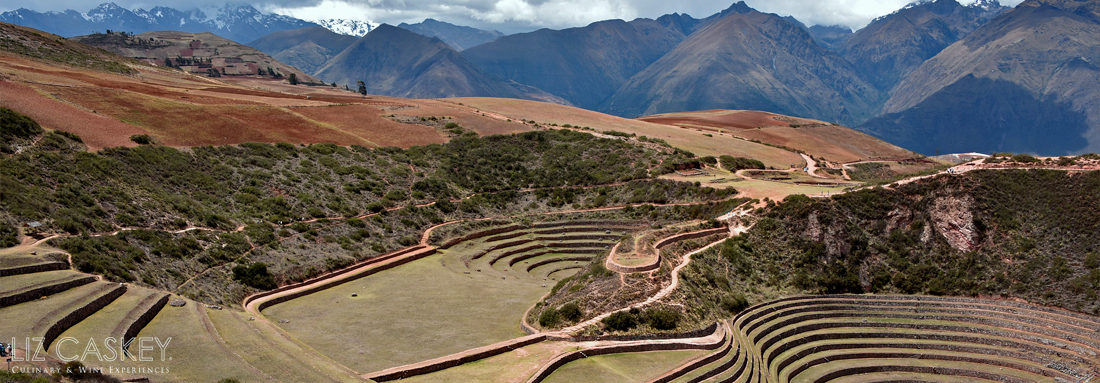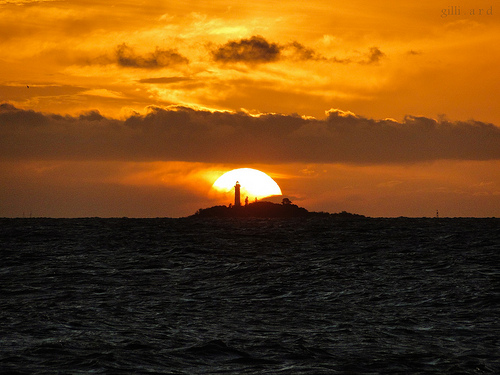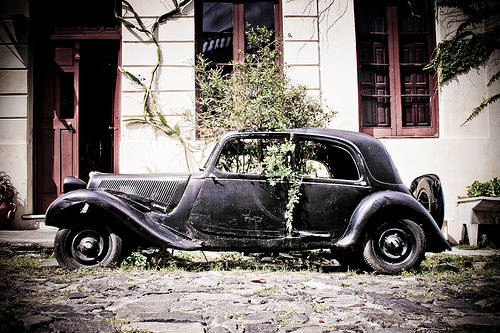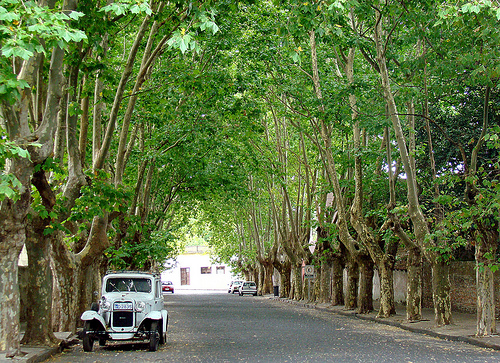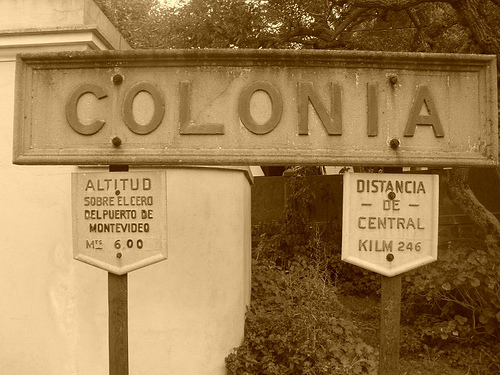From Roswel http://www.flickr.com/photos/roswel2
Just a hop on the ferry across the grand Río de la Plata from Buenos Aires, the charming colonial gem of Colonia on the Southwestern shores of Uruguay, is quickly becoming a favorite getaway to South America’s smallest nation. Well, let me qualify this. Colonia has long been a favorite short trip from the Argentine capital for in-the-know visitors and porteños, but recently foreign visitors are too discovering there’s a world of difference on the other side of the river.
While Uruguay is a “little” place, personally, I think it makes a big impact. It is one of the most lovely– and seductive–countries in South America. It grows on you. The laid back vibe, the friendly people who make you feel like family, the geography ranging from pastoral rolling hills to dusty colonial towns, and the sparkling “riviera” (err, coast). Colonia is a fascinating part of the equation. Exploring this port also helps to better understand Uruguay’s close ties with Brazil (even their Spanish is laced with Portuguese words), which many visitors don’t realize. Visiting Colonia’s historic area is, honestly, like stepping back in time.
Colonia was the only Portuguese settlement along the Rio de la Plata, founded as Nova Colonia del Sacramento in 1680 by Manuel de Lobo. During the colonial period, the Spanish and Portuguese crowns fought for control of these natural ports (and the Spanish erected Montevideo as a response to the then Portuguese colonia).
Declared an UNESCO world Heritage site in 1995, the barrio histórico juts out into the Rio de la Plata on a peninsula. The winding, cobblestone streets invite you to get lost and soak up their beauty. They whisper of another Epoque. Colorful, homes in traditional Portuguese style with tile roofs and centuries-old stone houses are reminiscent of old Lisbon, or Brazil’s untouched colonial cities like Parati. There’s a smattering of vintage cars (which seem to appear all over Uruguay); a burst of color from fuscia bouganvilea in an interior garden; an occasional gaucho on his horse trotting by, reminding you the campo–the ever-present countryside–is just outside the town limits.
To bring the history alive and better understand the local culture, a guide is indipensable. For all you foodies, try the off-the-radar gourmet restaurant La Florida, manned by Carlos Bidanchon, who fuses French technique with fresh, seasonal, local ingredients along with the excellent wines from nearby winery Cerros de San Juan. Don’t miss morcilla dulce, sweet blood sausage, a local speciality along with sublime steaks cooked over wood-burning coals (hint, ask for them jugoso, rare), at El Rincón on Paseo San Gabriel. Afterwards, to work off lunch, rent a bike at the ferry terminal to pedal out, or walk, along the series of beaches past the rambla. Feel like shopping? A plethora of boutiques hawk leather goods (jackets, bags, belts), hand-knit wool sweaters, and handicrafts from Uruguay’s interior in the historical district.
And pretty please, don’t miss sunset in Colonia. As the sun sinks into the horizon, the sky turns orange and violet. Sit down by the beautiful yacht club to take in nature’s daily evening “show”. The last rays of sunshine dance off the water and seem to envelop Colonia in a soft warm glow. It’s blissful. Delightful. Hopefully you’re in good company and sipping a Tannat. Catch the (last) ferry back to BA in the evening—or, better yet, continue your stay at one of the new boutique hotels in the countryside like La Vigna—or head just an hour west to the oh-so-cute outpost of Carmelo to the posh Four Seasons.
Liz Caskey Culinary & Wine Experiences offers full day and overnight culinary and wine explorations of Colonia and Carmelo with charming colonial towns, local wineries, dairy & cheese farms, olive oil Mills, slow food restaurants, horseback riding, professional golf, and many, many cows and gauchos.
